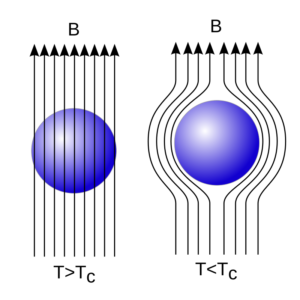Phase space and density function

Phase space or 𝚪 space
- In classical mechanics the position of a point particles is described in terms of three Cartesian coordinates x, y, z.
- And the state of motion of particle is described in terms of velocity component ẋ, ẏ, ż or momentum coordinates px, py, pz.
- We imagine a 6-d space in which the six coordinates are x, y, z and px, py, pz are marked along six mutually perpendicular axes in space.
- The combined position and momentum space is known as phase space or Γ space.
- A point in the phase space represents the position and momentum of the particle at some particular instant.

Density function
- Let a classical system has a large number of molecules (N) occupying a large volume V.
- Generally N = 1023 molecules and V = 1023 molecular volumes or N → ∞ and V → ∞
- N/V = v ; here v = a specific volume, which is a finite number.
- The system will be regarded as isolated in the sense that the energy is a constant of the motion.
- A state of the system is completely and uniquely defined by 3N canonical coordinates q1, q2, …, q3N and 3N canonical momenta p1, p2, …, p3N.
∴ The dynamics of the system is determined by Hamiltonian H (p, q).
ძH/ძpi = q̇i and ძH/ძqi = – ṗi
- Since energy E is conserved, therefore the locus of all points in Γ-space satisfying the condition H (p, q) = E defines a surface, which is known as energy surface of E.
- The path always stays on the same energy surface.
- For a macroscopic system having N particles, V volume and energy lying between E and E + ΔE, a distribution of points in Γ-space is characterized by a density function ρ (p, q, t) defined by
ρ (p, q, t) d3Npd3Nq= number of representative points contained in the volume element d3Npd3Nq located at (p, q) in Γ-space at any instant t.
- According to Liouville’s theorem dρ/dt = 0
But ძH/ძpi = q̇i and ძH/ძqi = – ṗi
- Geometrically it states that the distribution of points in Γ-space moves like an incompressible fluid.
- In equilibrium state, ρ = ρ (p, q) does not depend on time ⇒ ძH/ძqi = 0
or [ρ, H] = 0
- Thus in equilibrium state the Poisson bracket of ρ and H is zero.
- To know more about Invariance of Poisson bracket under canonical transformation click here for English and click here for Hindi
- To know in detail about the phase space click here for Hindi and click here for English


